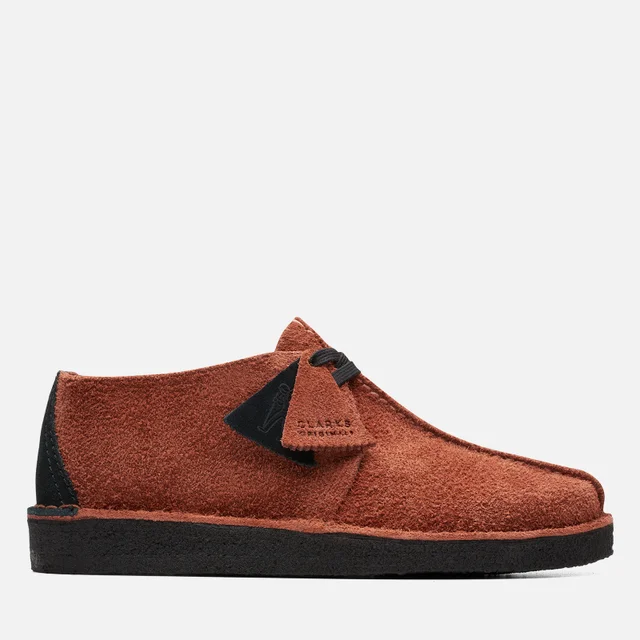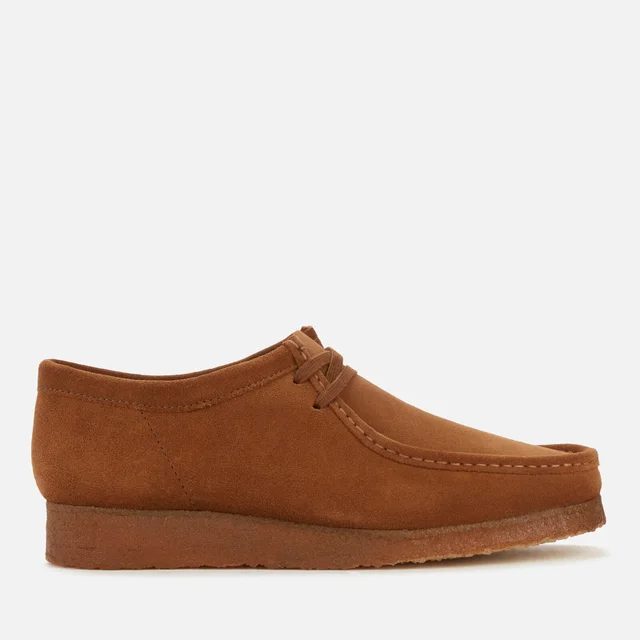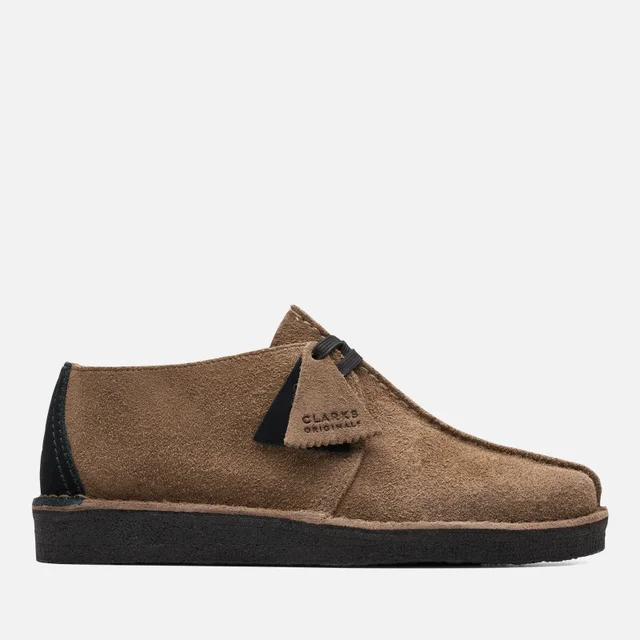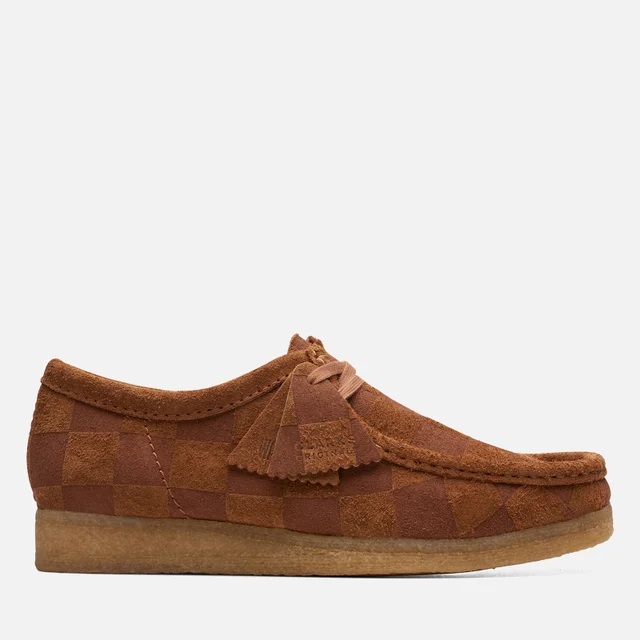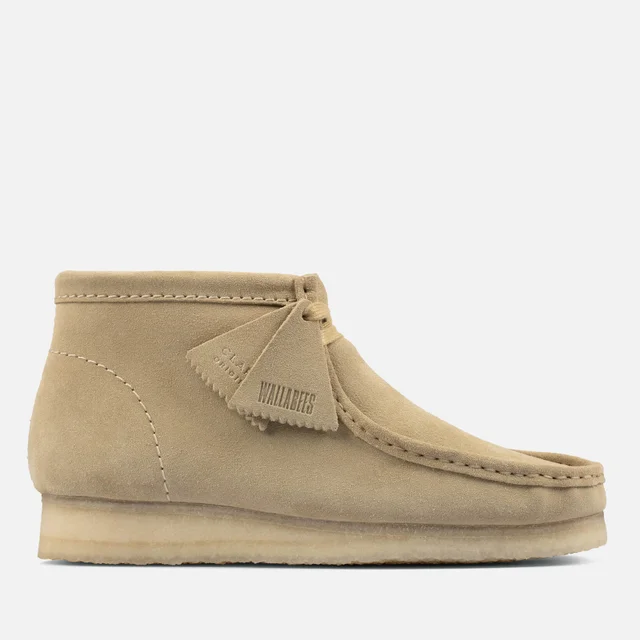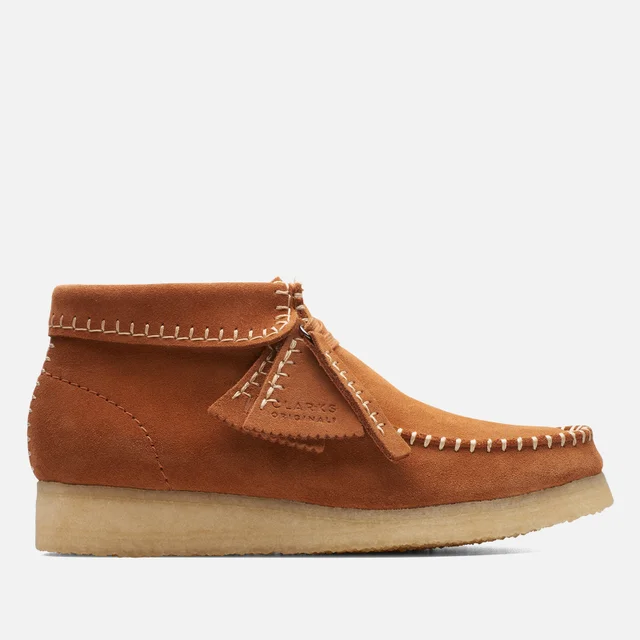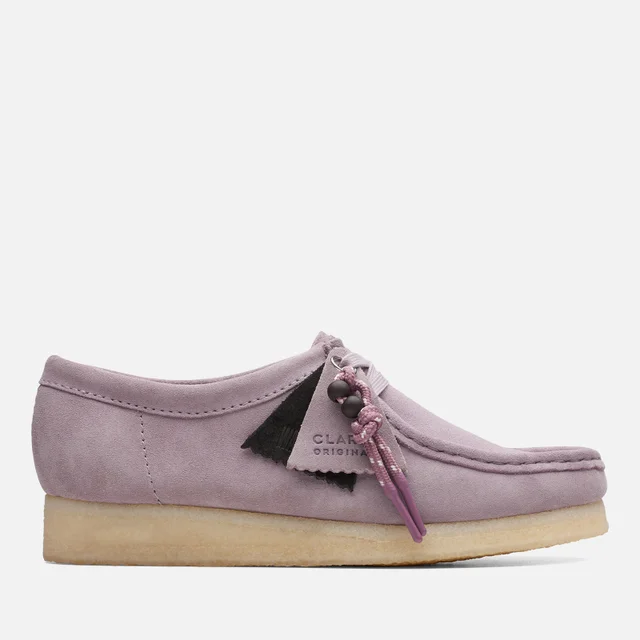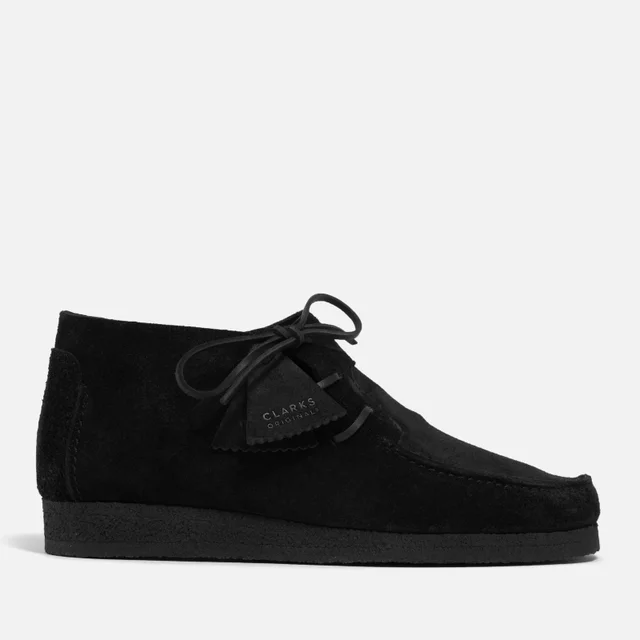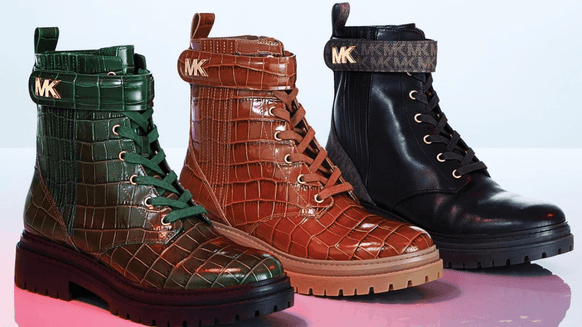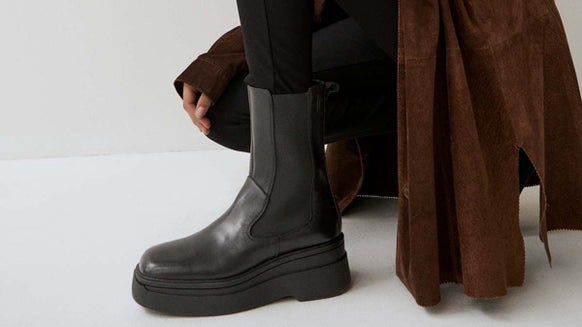Clarks Originals Wallabees Guide | Hip Hop’s Unsung Icon
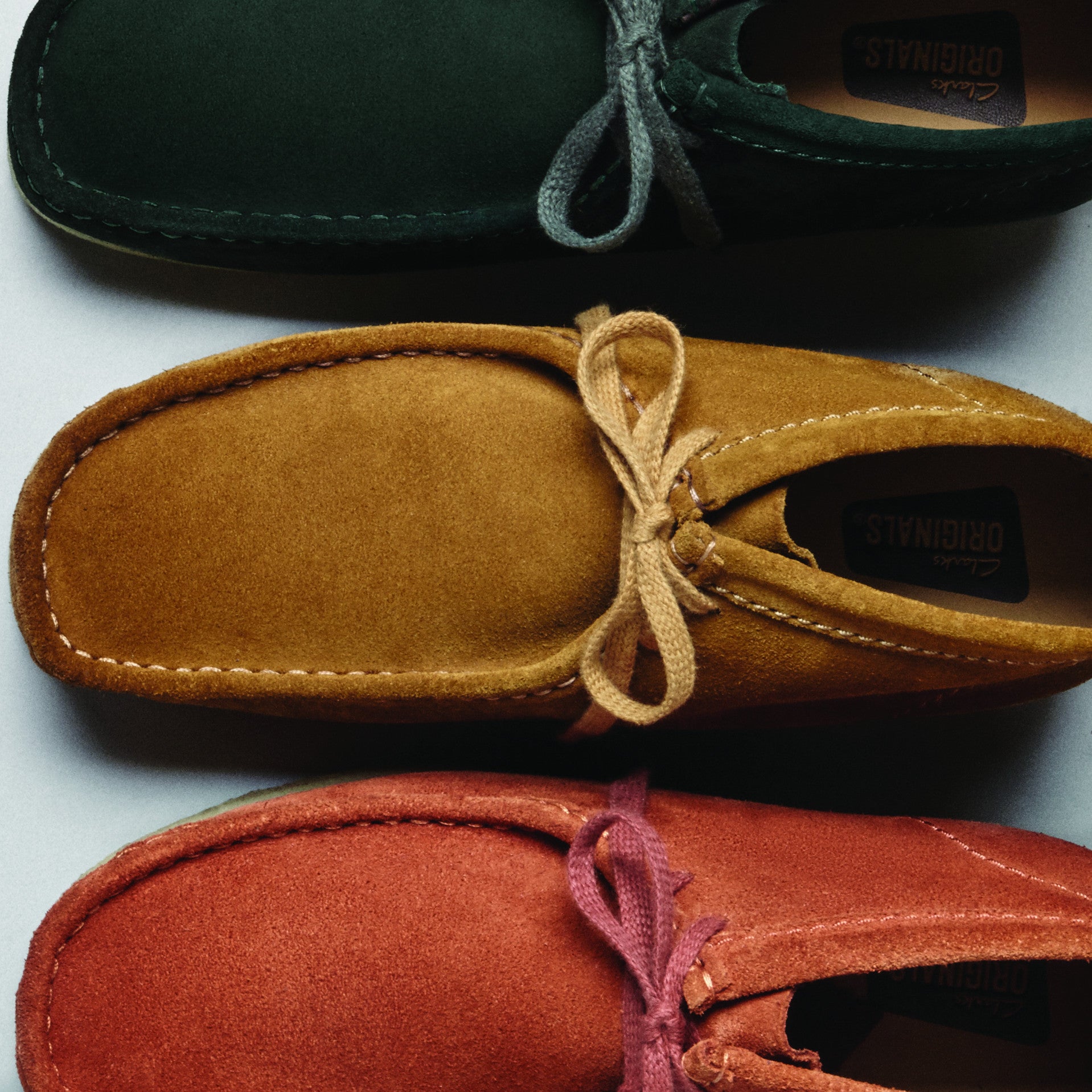
Since the dawn of television, music icons have relied on fashion—and particularly footwear—to define their image. Whether we look back to the sixties and the famous silhouette of the Beatles jumping in their signature Chelsea boots or to the current obsession with Kanye’s Yeezy sneaker, shoes are quite literally the foundation on which musical stars build their image.
But while some brands are instantly recognised for their musical association, other brands have become music’s unsung influencers. With a rich heritage dating back almost 200 years, Clarks is famous around the world foremost for the quality and timelessness of its footwear; what is less known, however, is the huge influence the brand—especially its Originals Wallabeesilhouette—has had on music over the past three decades.
The History of the Clarks Wallabees
A moccasin-inspired shoe developed in Ireland and launched in the 1960s, the concept of the ClarksWallabee dates as far back as the 1880s when William Clark had the idea of making the shoe perfectly fit the foot for greater comfort and practicality. It wasn't until the 1950s that Nathan Clark developed the distinctive crepe sole of the Wallabee, and it was another ten years until the brand had perfected the silhouette of the Wallabee which has remained the same now for over half a century.
The Clarks Wallabee had been successfully exported around the world by the time the shoe was first picked up by music stars in the early 1990s. But in 1993, a New York-based crew of wordsmiths calling themselves Wu-Tang Clan released their debut album Enter the 36 Chambers, with each of the nine members having a penchant for Clarks Originals Wallabees. In addition to being snapped in their favourite shoes and wearing them in their music videos, the hip hop collective even rapped about Wallabees, using it as a benchmark of coolness to which they would compare their own greatness. In one of their best known singles, “Gravel Pit”, Method Man would rap:
Musicians and celebrities who have worn Wallabees
As Wu-Tang’s fame grew, so too did the Wallabees. The shoe would remain a favourite among Wu-Tang’s members even after their split. With Ghostface Killah going on to release an album and a single titled “Wallabee Champ”.
Wu-Tang might have been the first to champion the Clarks Wallabee in hip-hop, but they would certainly not be the last. British-born rap artist DOOM is one such advocate of the brand and one who recently teamed up with Clarks to release an exclusive collaboration edition of the shoe. Before he became a permanent ambassador for his own Yeezy sneaker, Kanye West was an avid wearer of the Wallabee. Also more recently seen on the likes of Drake and Tyler the Creator.
Outside of hip hop, too, the shoe’s popularity has continued to grow. Fixed at the forefront of The Verve’s best-selling release Urban Hymns, Wallabees became a favorite among Brit Poppers including Blur and Oasis through the ‘90s. Elsewhere, such iconic figures as LeBron James and Breaking Bad’s very own Walter White are known to be wearers of the shoe.
The materials that define wallabees
At the heart of Clarks Wallabees lies a commitment to quality craftsmanship and premium materials:
- Suede Leather: The upper of Clarks Wallabees is often crafted from luxurious suede leather. This material is the shoes' unique texture and recognizable appearance. However, it also molds to the wearer's feet over time, enhancing the personalized fit.
- Crepe Rubber Sole: The foundation of comfort in Wallabees is the crepe rubber sole. This natural rubber material provides excellent cushioning, flexibility, and support, ensuring a comfortable stride with every step.
- Hand-Stitched Detailing: A hallmark of Wallabees is the meticulous hand-stitched apron toe and central seam. This reflects the moccasin influence in their design.
The different Wallabee styles
Clarks Wallabees come in a huge range of styles, each catering to different tastes. Wallabee's are the type of shoe where once you buy one, you will be another pair and so on, becoming a loyal wearer of the shoe;
- Classic Wallabee: The original silhouette that started it all, the Classic Wallabee. It features the iconic moccasin design, suede upper, and crepe sole. It's a versatile choice that effortlessly bridges the gap between casual and stylish.
- Clarks Wallabee Boot: A variation that extends the Classic Wallabee's design to ankle height. The Wallabee Boot offers added coverage and warmth, making it a great choice for cooler seasons.
- Wallabee Step: This modern take on the Wallabee features a sleeker profile and a lightweight EVA outsole, combining the traditional style with contemporary comfort
- Wallabee Run: For those seeking a sportier option! The Wallabee Run features a chunky sole and athletic-inspired details while retaining the core Wallabee elements.
Clarks Originals Wallabees Styling
#1 @cassiusuriah

#2 @steezy_steve_

#3 @marcvilllla
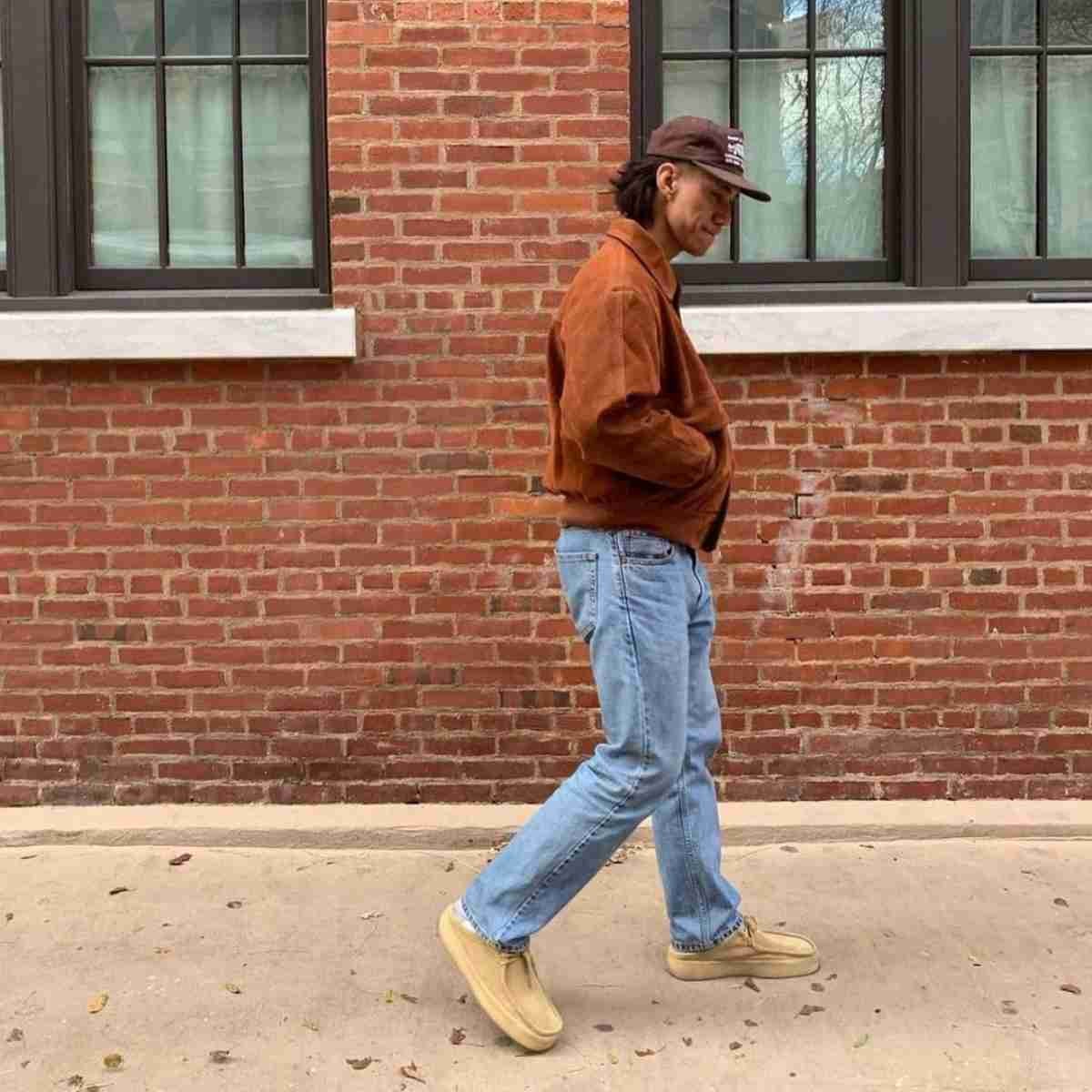
#4 @amksandhu

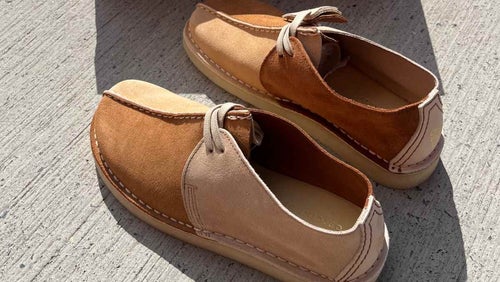
Clarks Buyer’s Guide
Creating the ultimate footwear staples for nearly 200 years, we answer all your questions about Clarks from styling to size guides.

